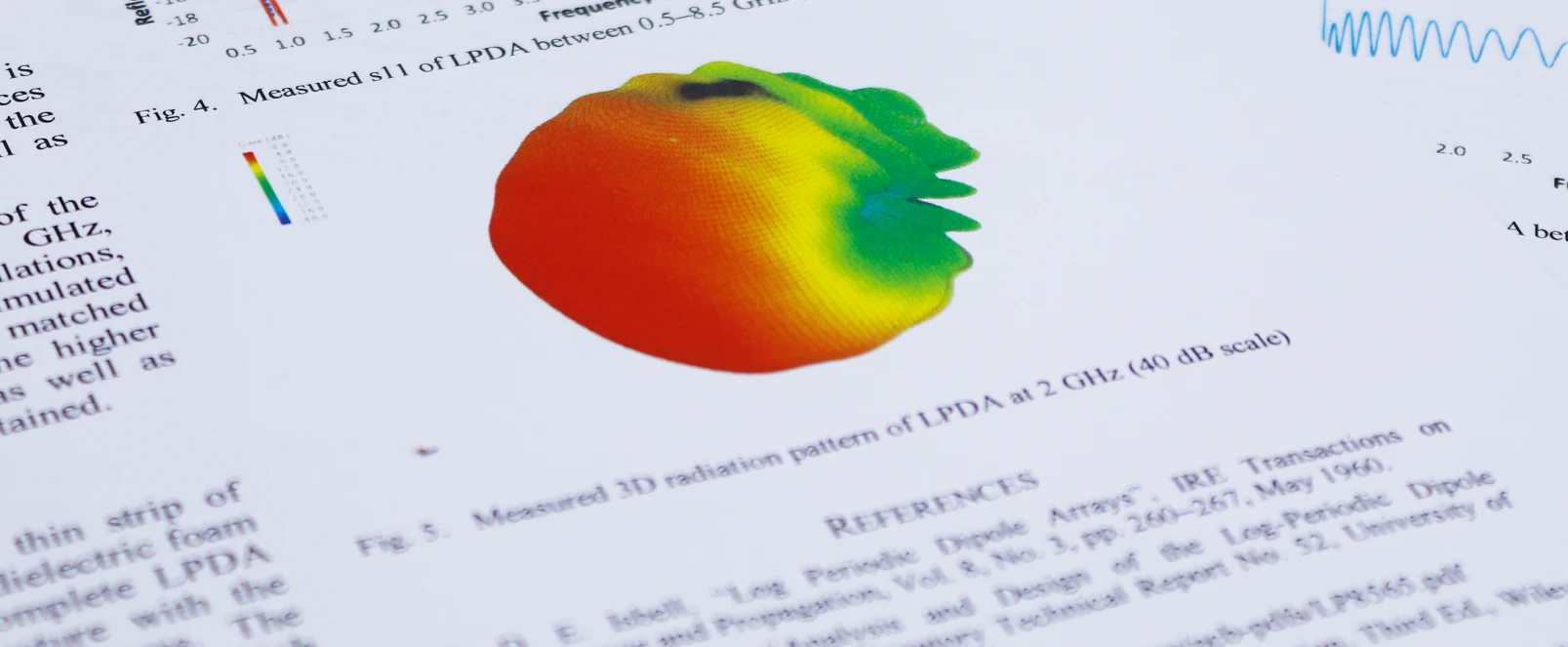
Embedded System Design
Bringing electronics to life within the constraints of embedded processors
At the heart of many electronic product is embedded system design, which brings together hardware and software engineers to enable the device to do its job.
From smartphones and fitness watches to washing machines and car engine management systems, the firmware must be coded and programmed into the embedded microprocessor to bring the electronics to life.
As embedded processors typically have reduced processing power and memory, the system needs to be designed to make efficient use of the resources available. This often means writing custom code from scratch, rather than relying on an existing operating system.
Key to success is detailed knowledge of the capabilities of different microprocessors to make the right choice for the target application – along with the ability to design bespoke radio communications, if required.
Real-world challenges
Key skills

-
Embedded software design
Our software engineers have a detailed understanding of embedded processors.
-
Electronics design
Embedded systems often need to be combined with sensors and peripherals offering low size, weight, power and cost (SWaP-C). We have a track record of designing custom electronics to meet these requirements.
-
Radio Frequency (RF) design
We have a long history in RF and microwave design, as well as millimetre-wave (mmWave) capabilities. We have experience in combining embedded systems with standards-based radio (e.g. Bluetooth and cellular) and have designed proprietary radio protocols to meet challenging systems requirements.
-
Antenna design
Our antenna experts can advise on selecting the right off-the shelf antenna or design a custom antenna using simulation software. This might be an external antenna or a low-cost printed antenna located on the embedded circuit PCB.
-
Algorithm development and Machine Learning (ML)
We are experts in developing detection algorithms using analysis of measured data. We are also able to apply ML to the decision-making process.
-
Approvals testing
Our experts can advise on the required certification required to place a product onto the UK or overseas markets. We can organise and supervise the approvals testing process.
-
Back-end server design
We have developed secure Internet of Things (IoT) servers in both Amazon Web Services (AWS) and Microsoft Azure.
What sets us apart when it comes to embedded system design?
The Plextek team has a track record of delivering complex technology solutions covering a broad range of embedded applications, including:
- Industrial process monitoring and predictive maintenance
- Vehicle tracking and driver behaviour monitoring
- Infrastructure monitoring
- Smart Radiator valves
- Wearable GPS-denied navigation
- Machine Learning (ML)
- Smart cities – e.g. parking sensors, street lighting, waste bin sensors














































